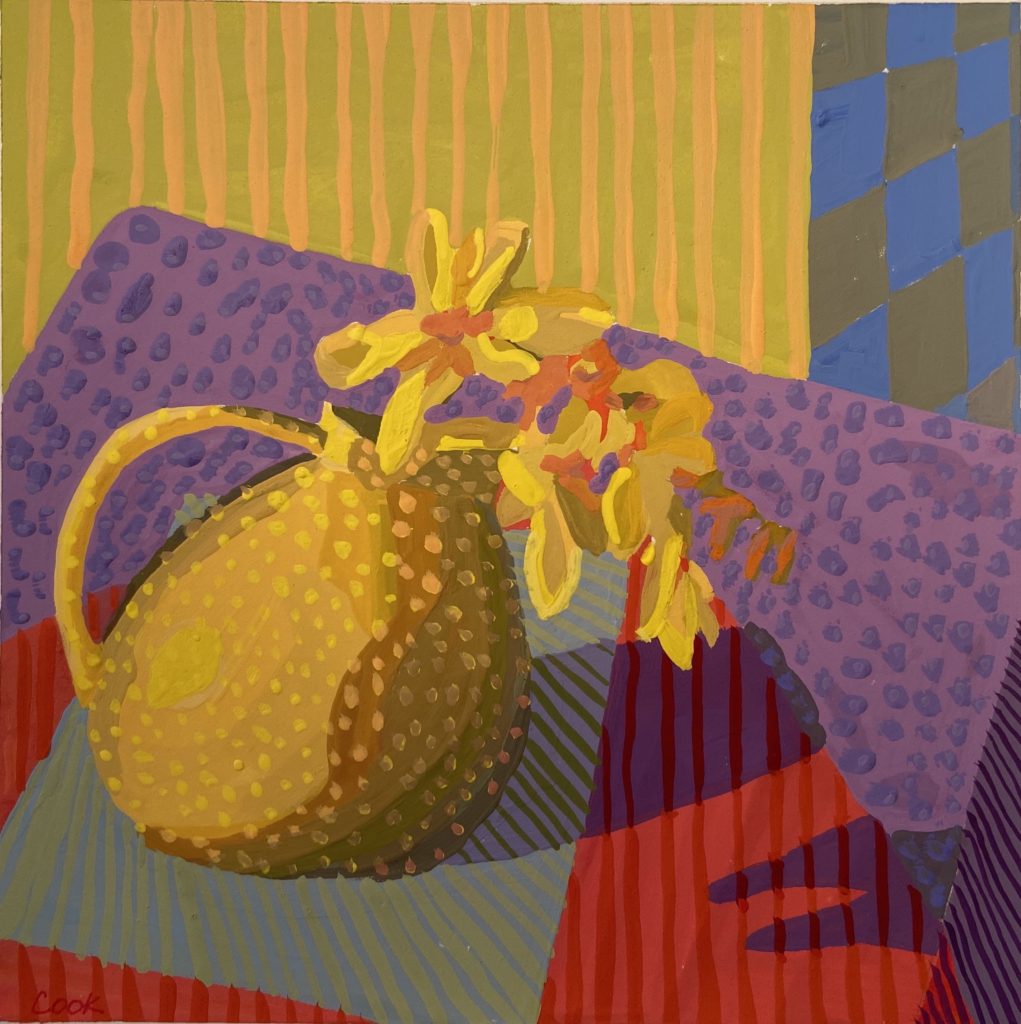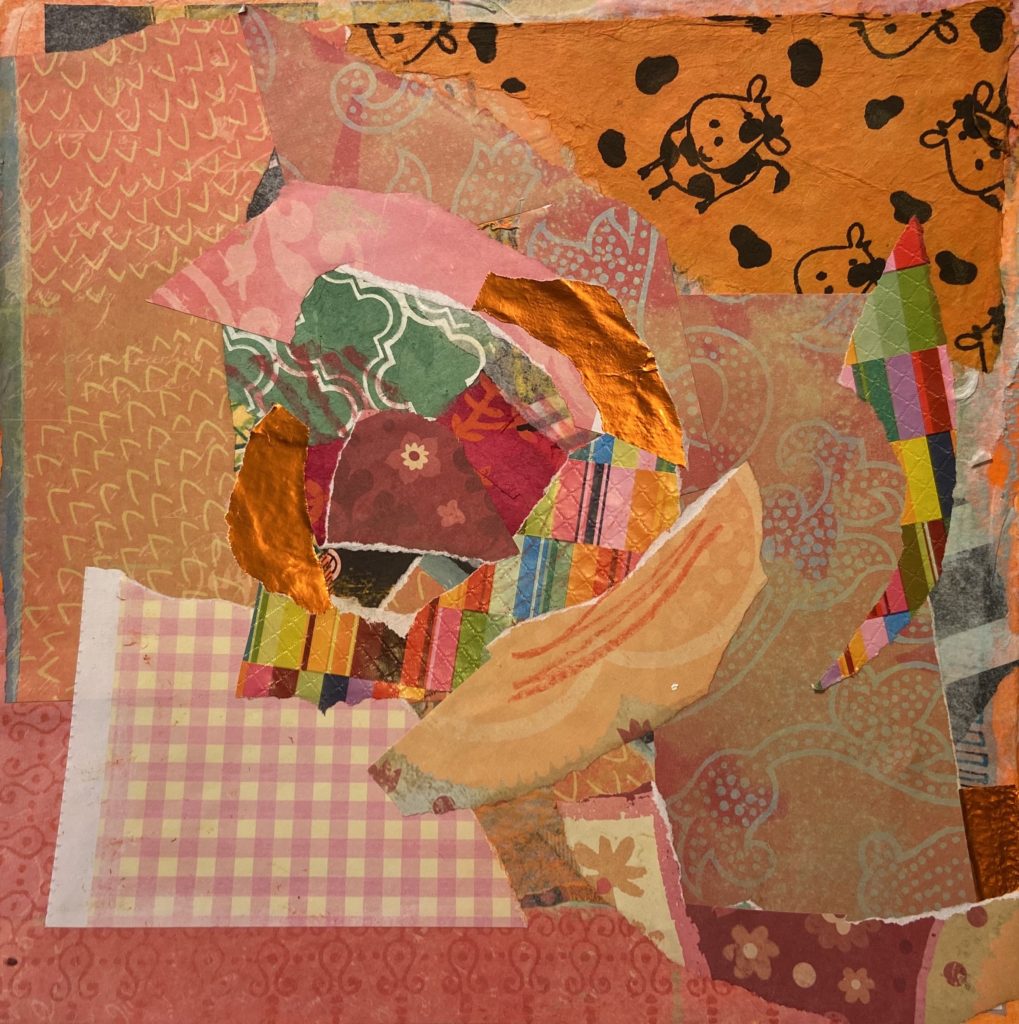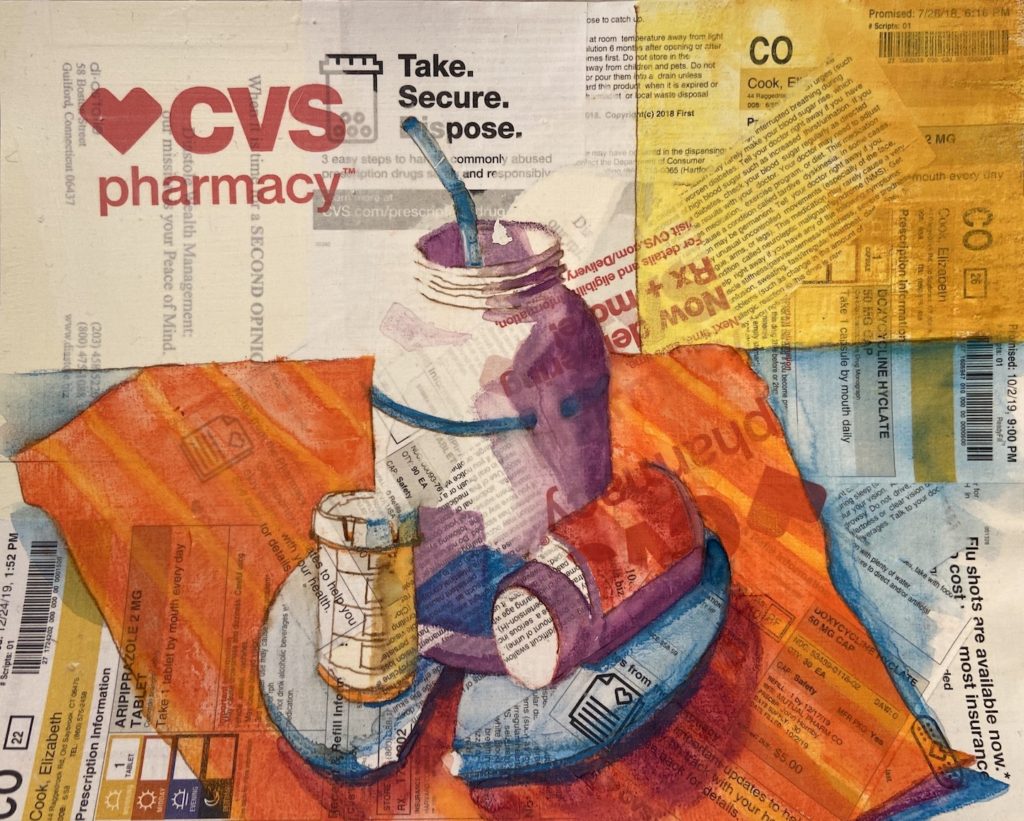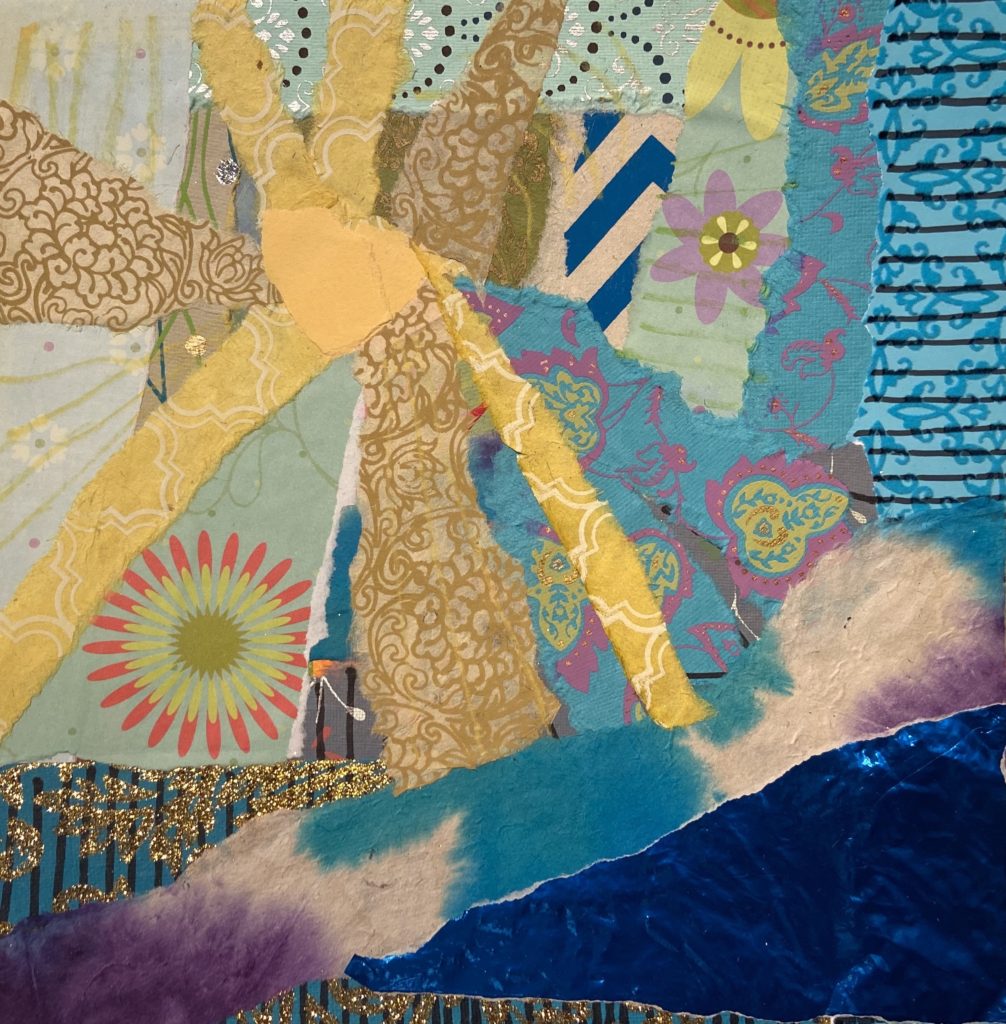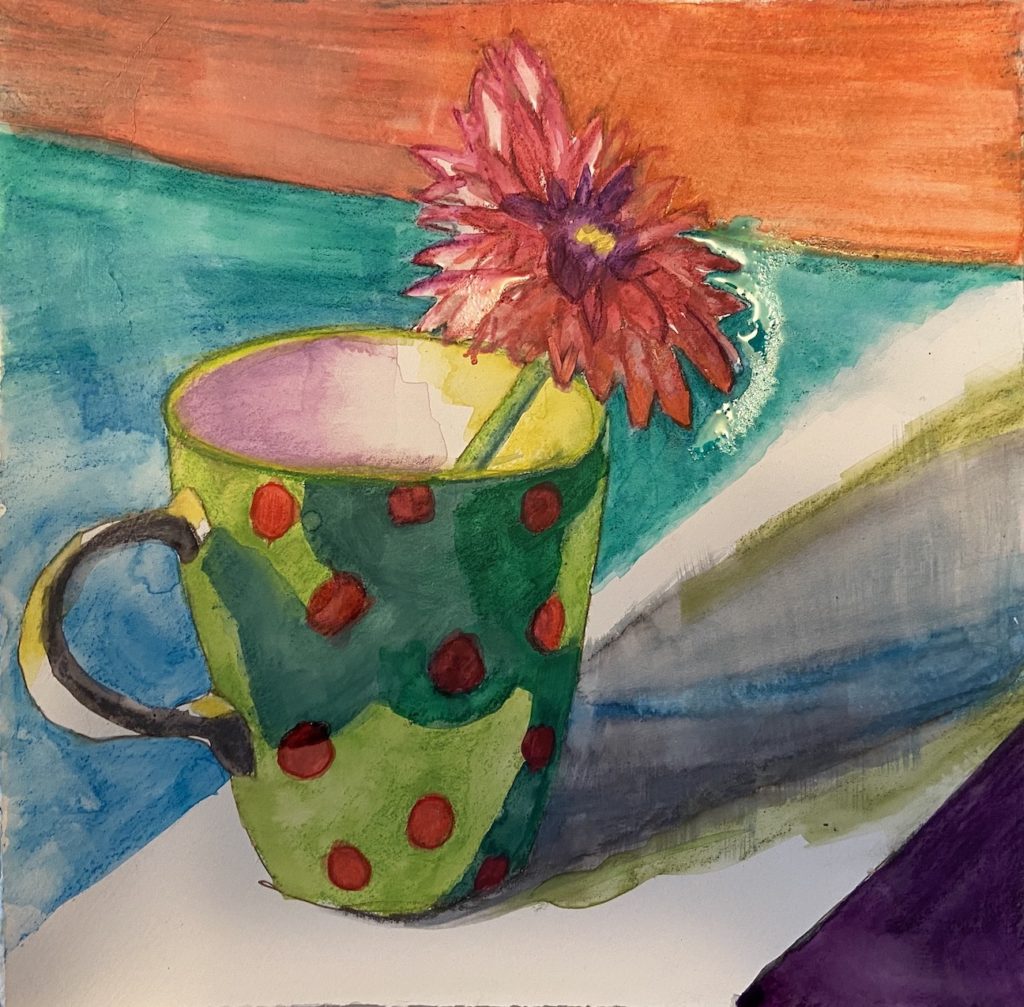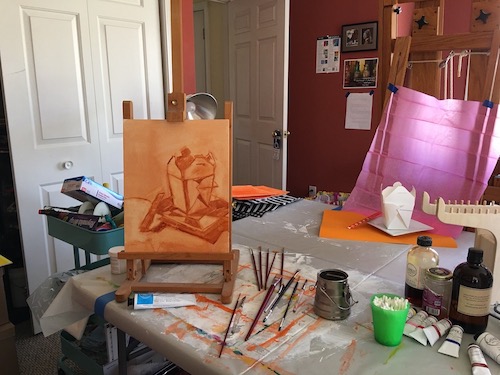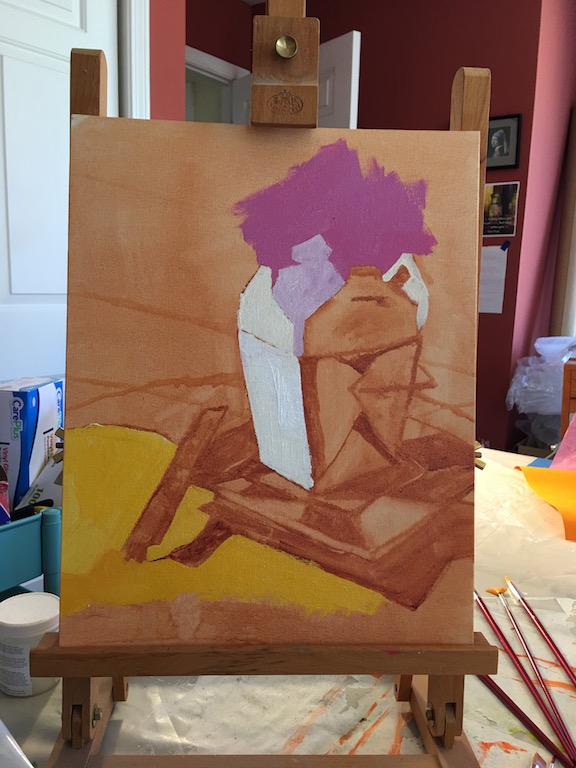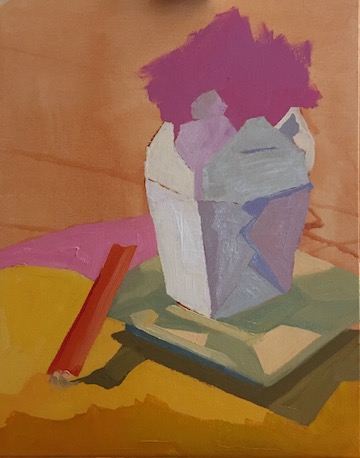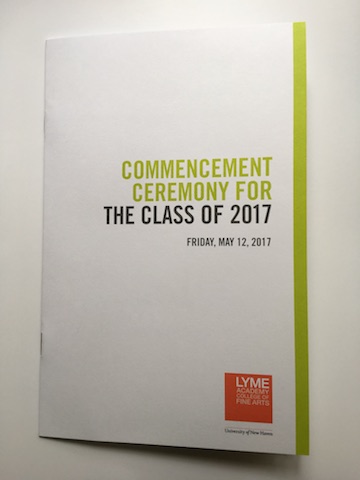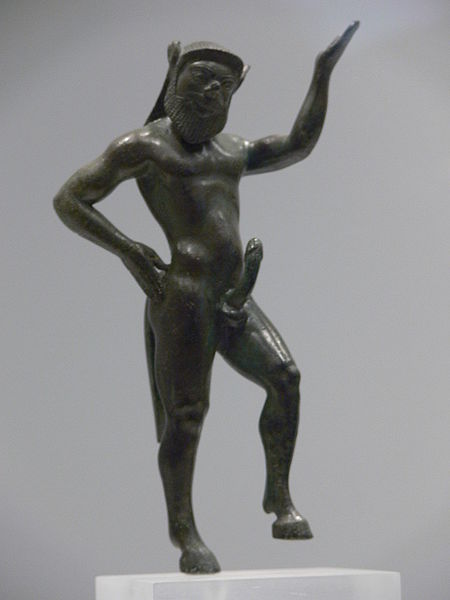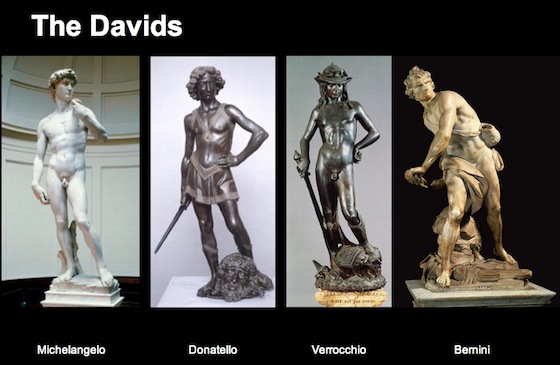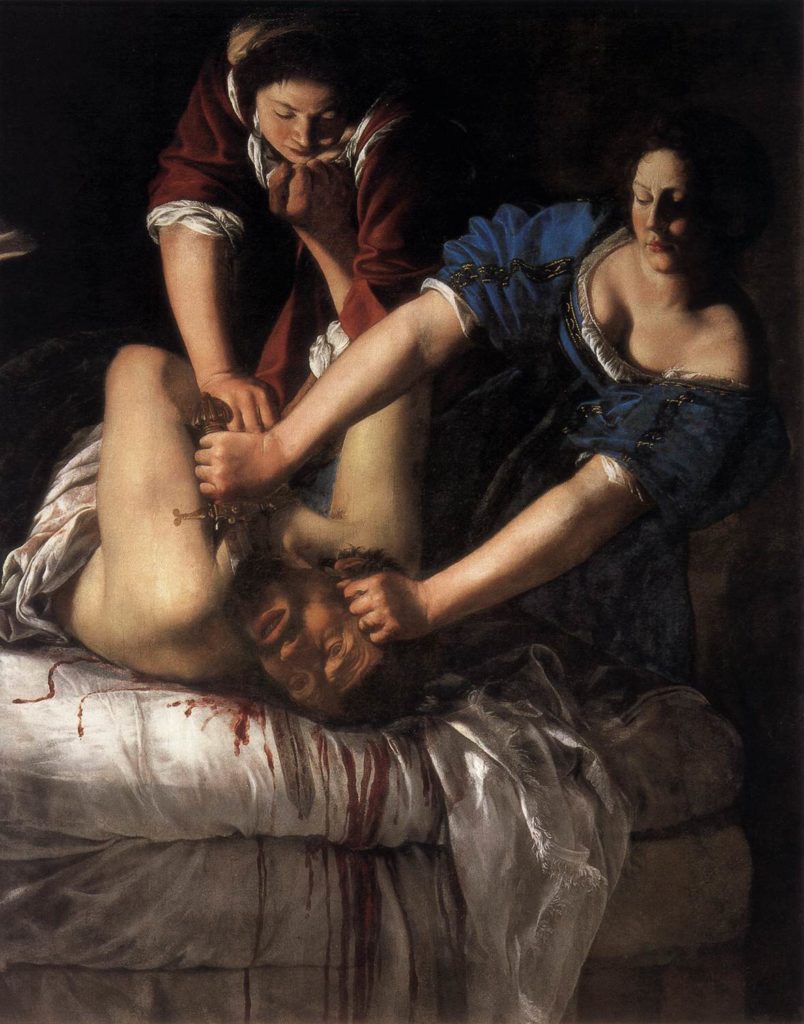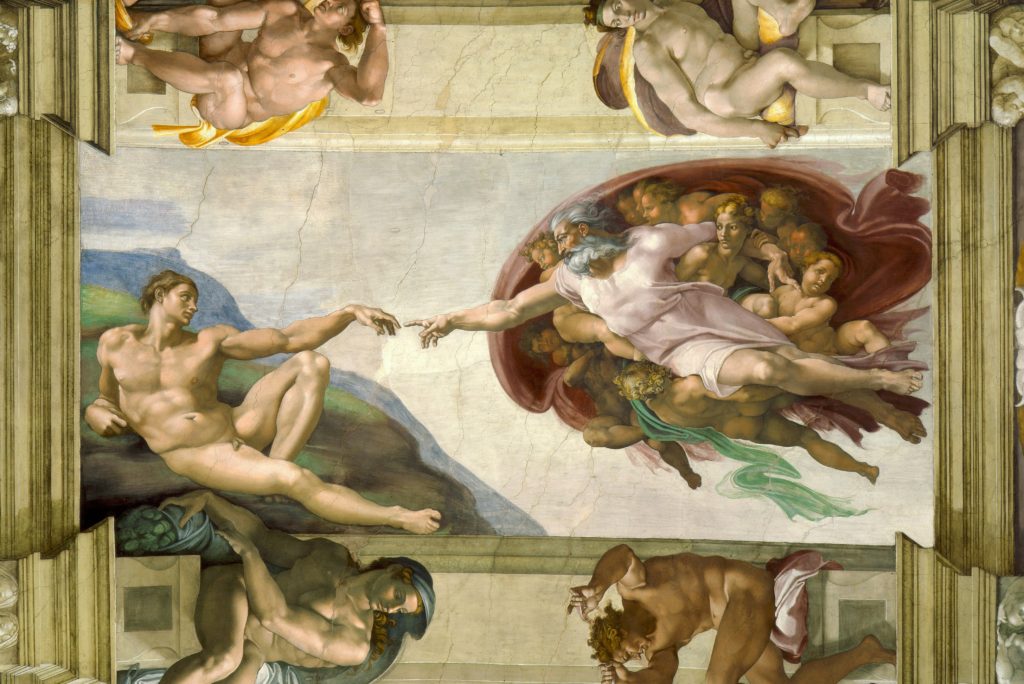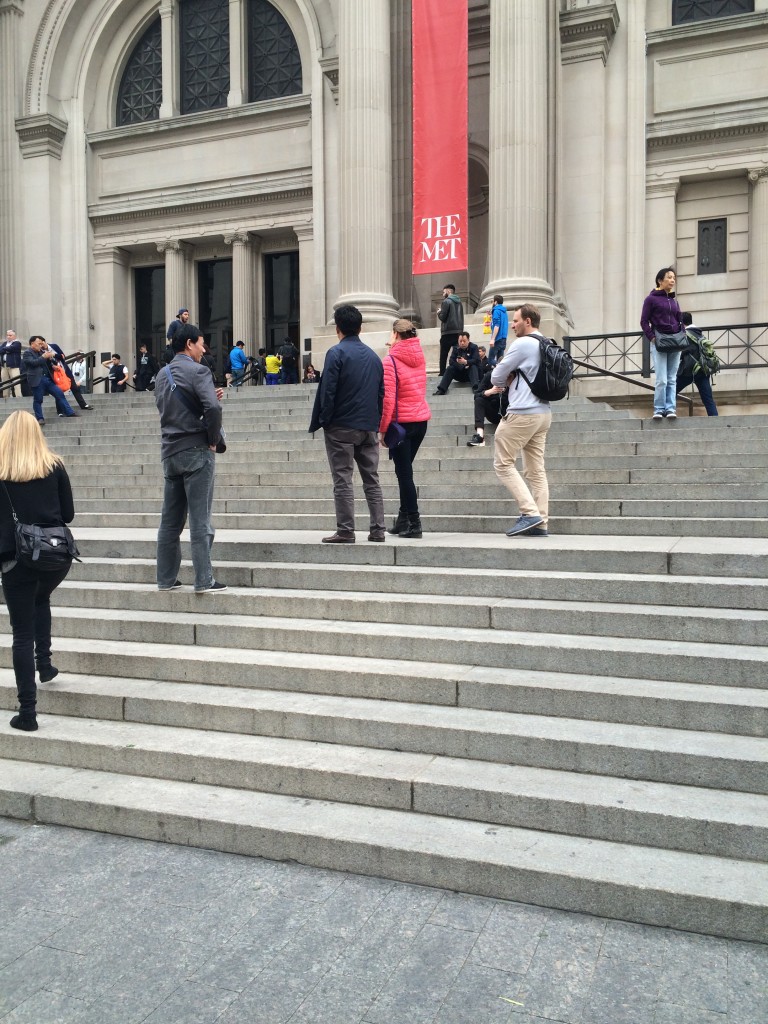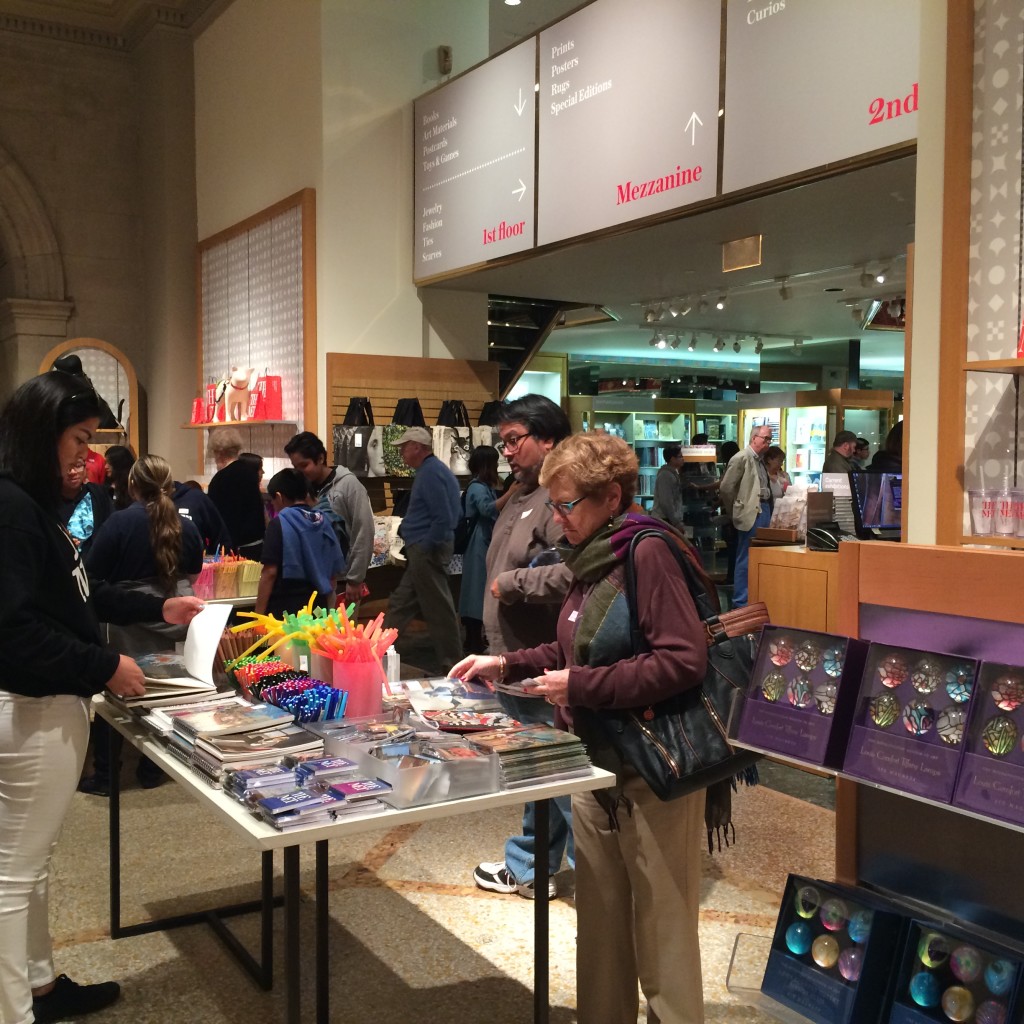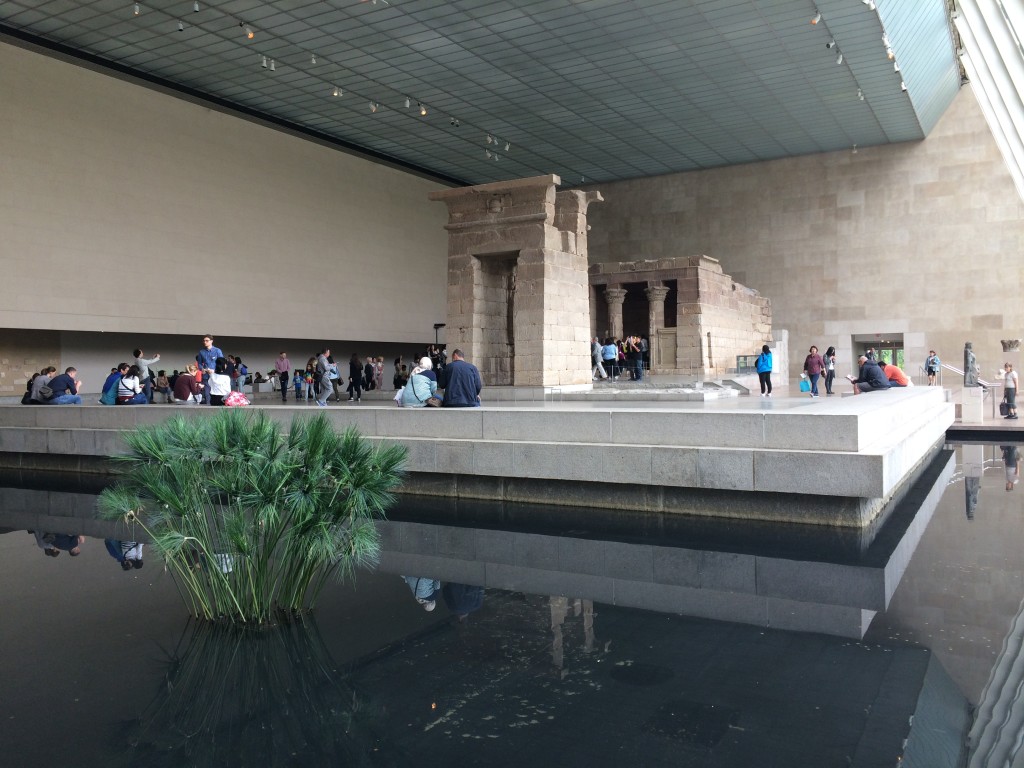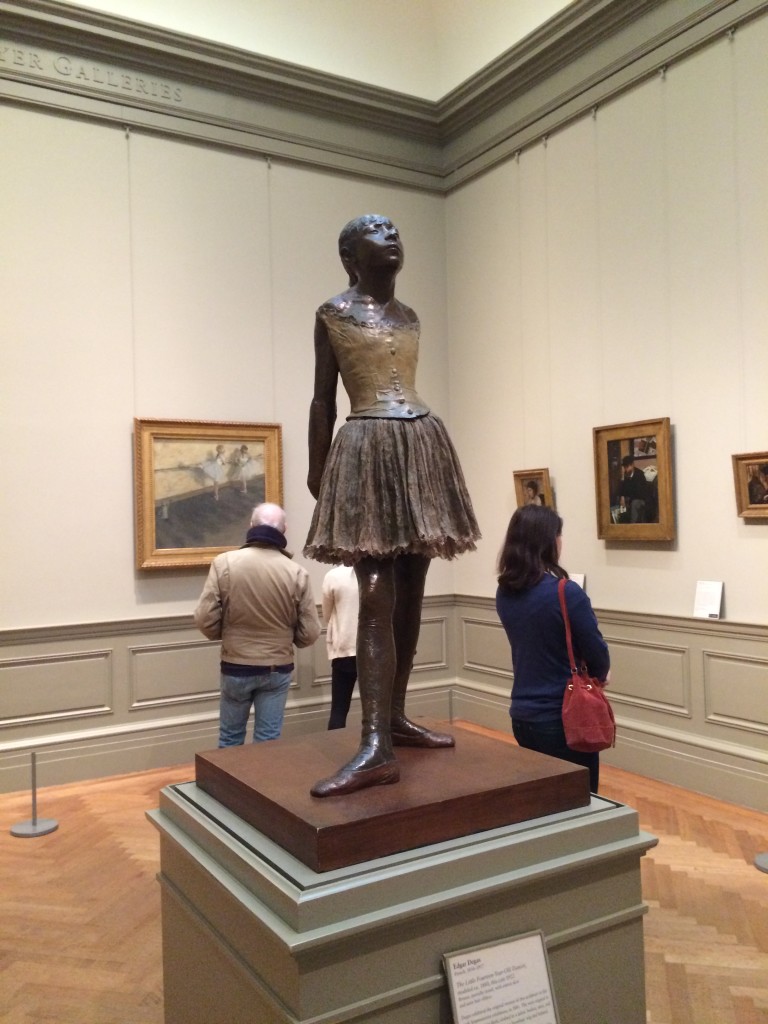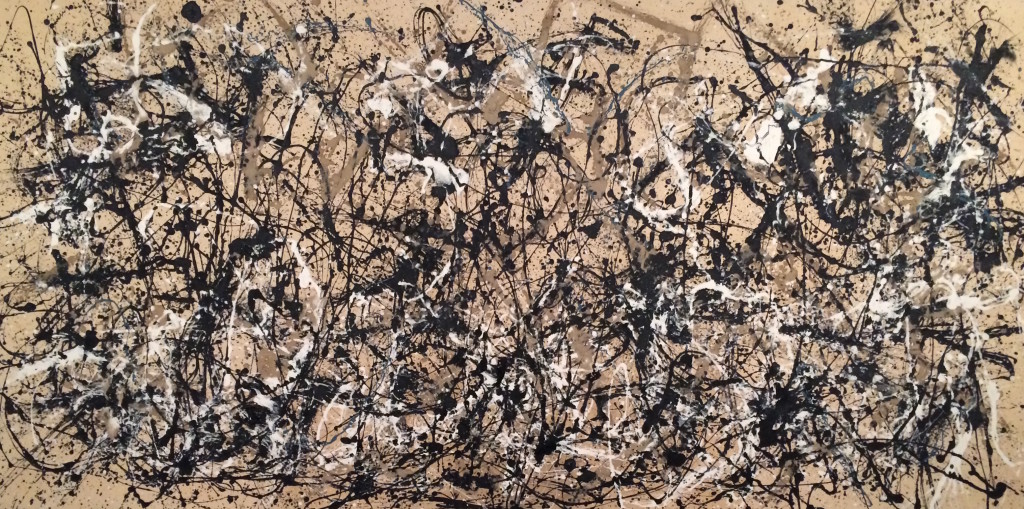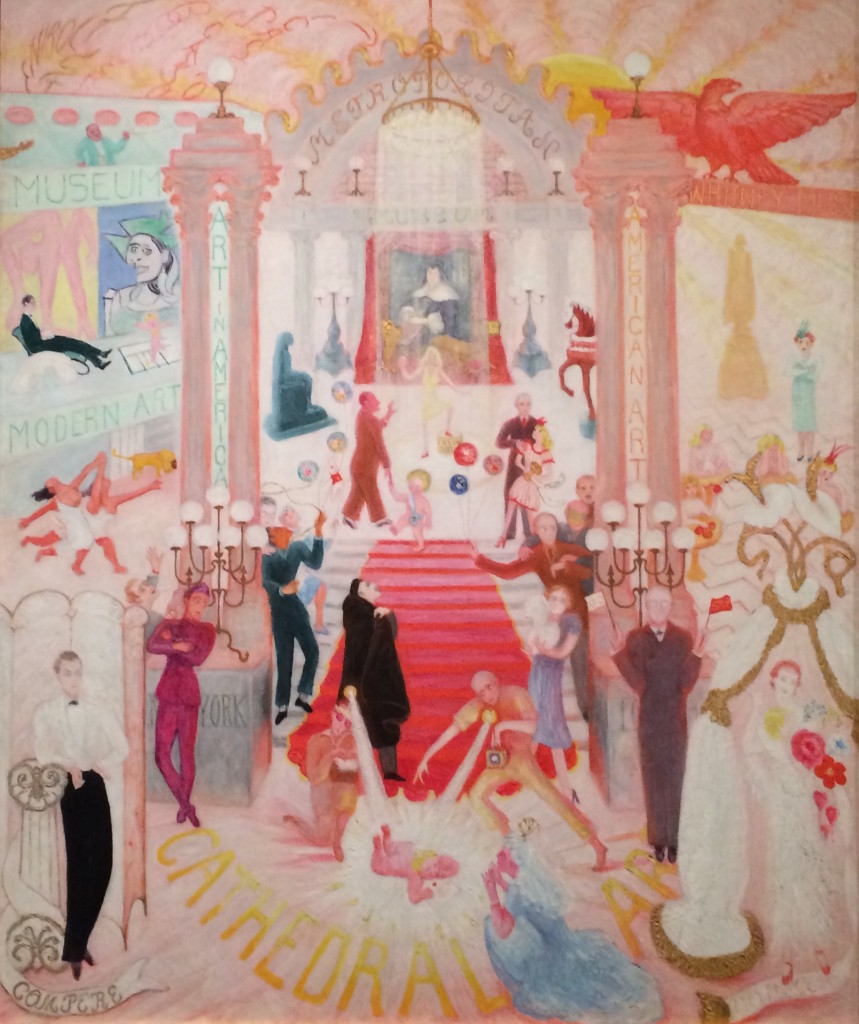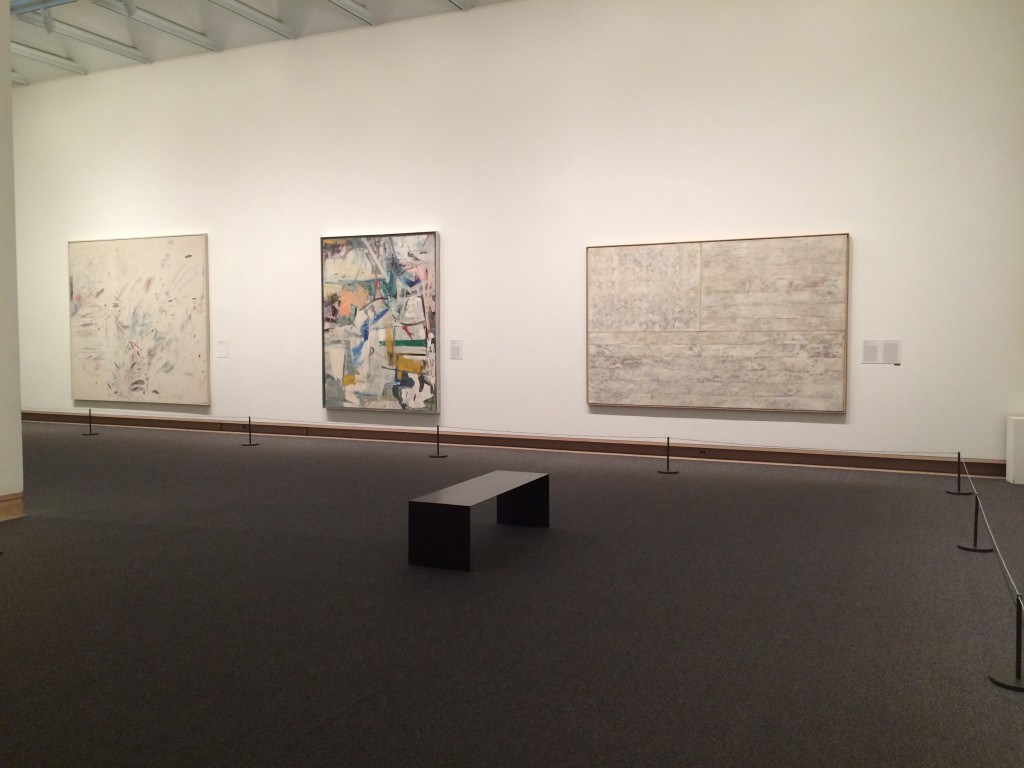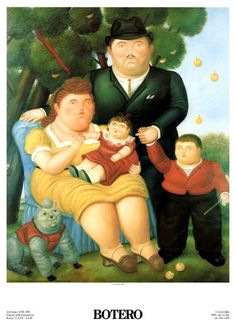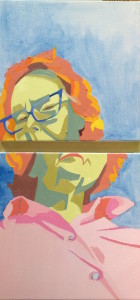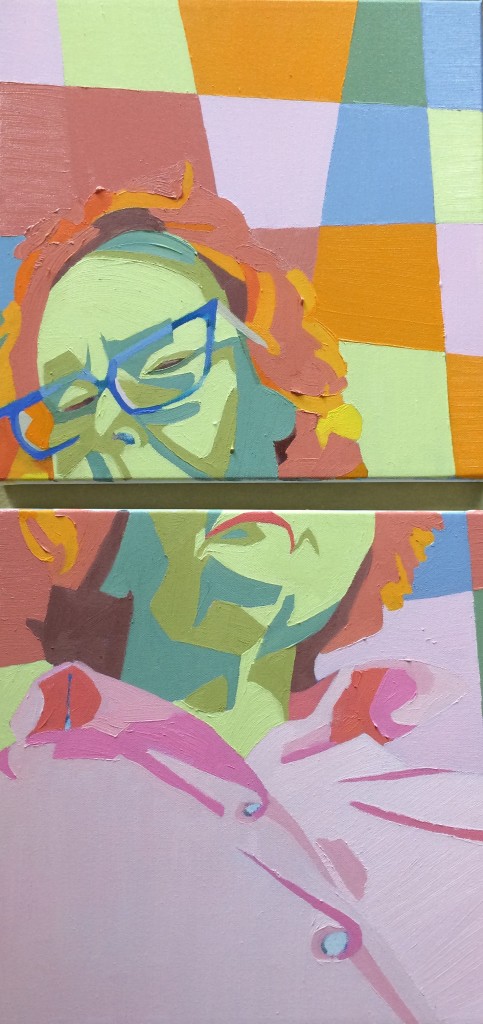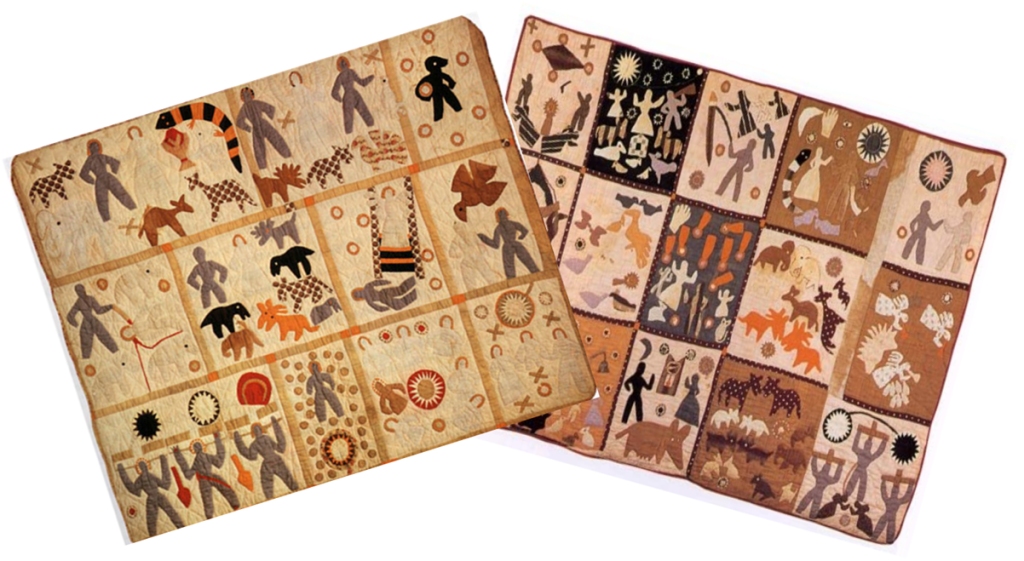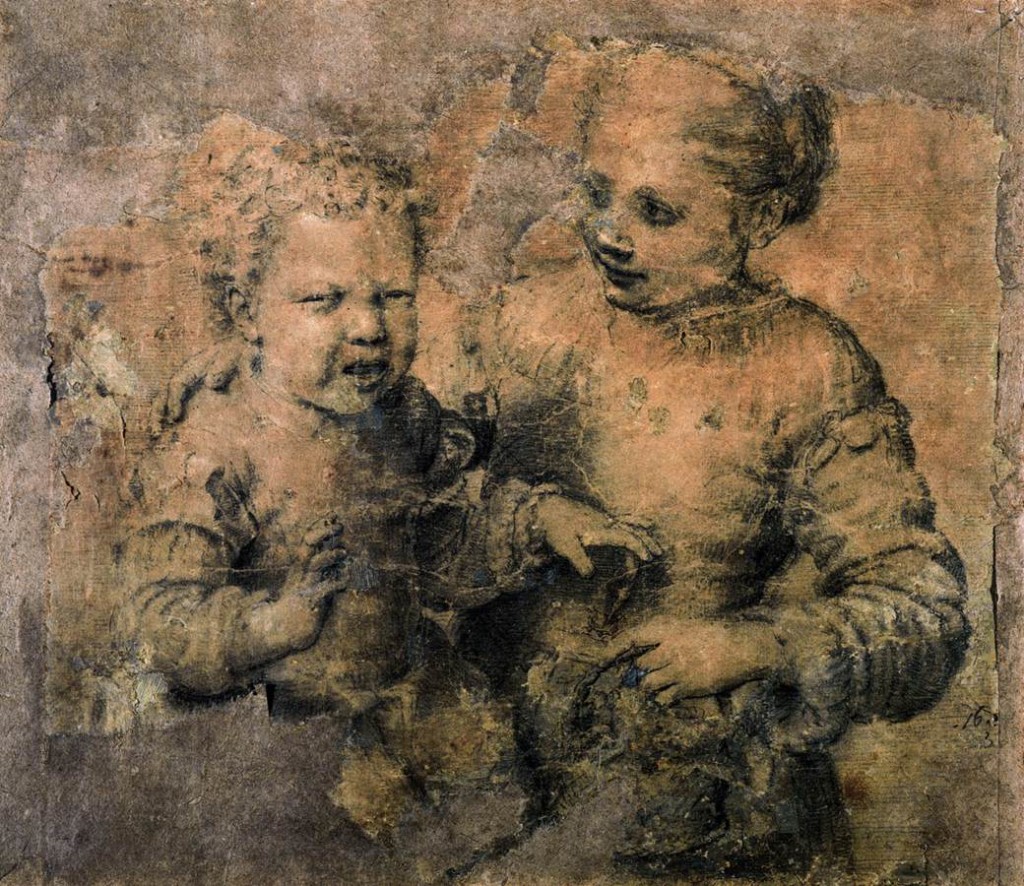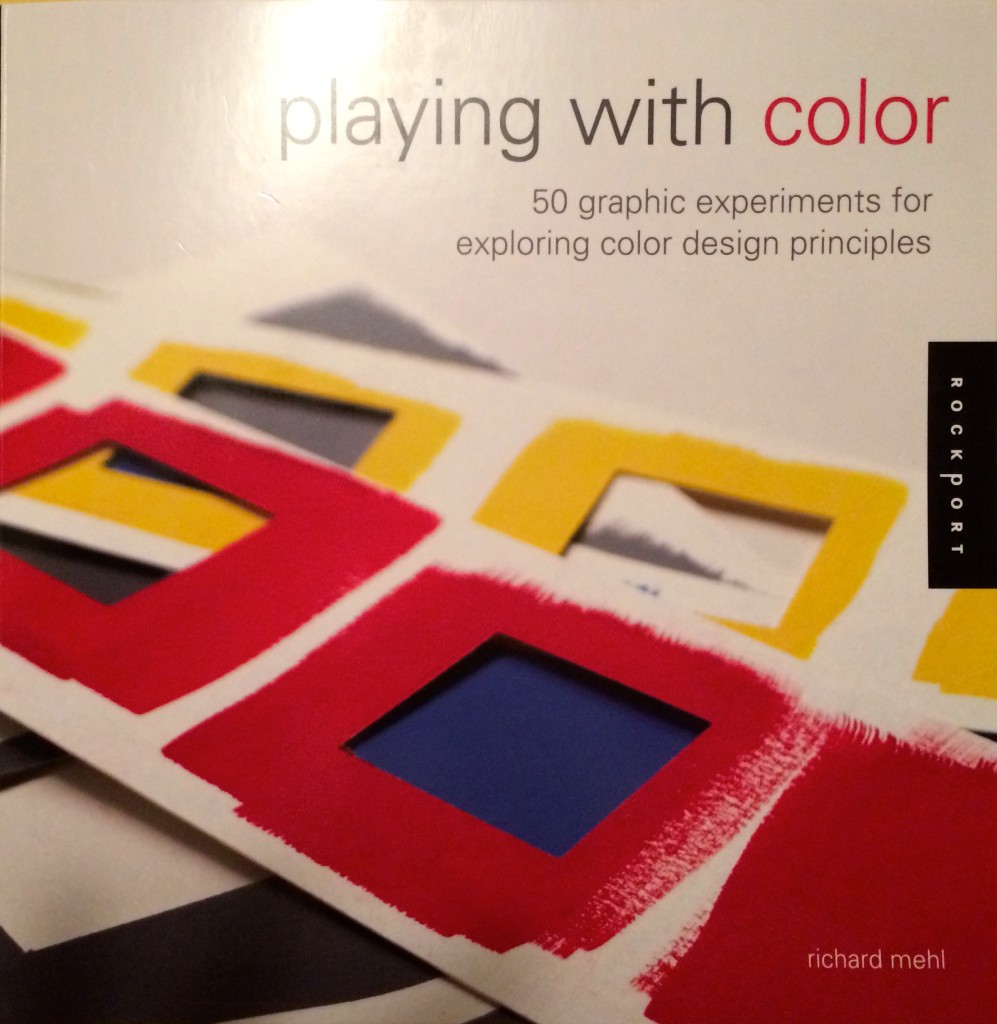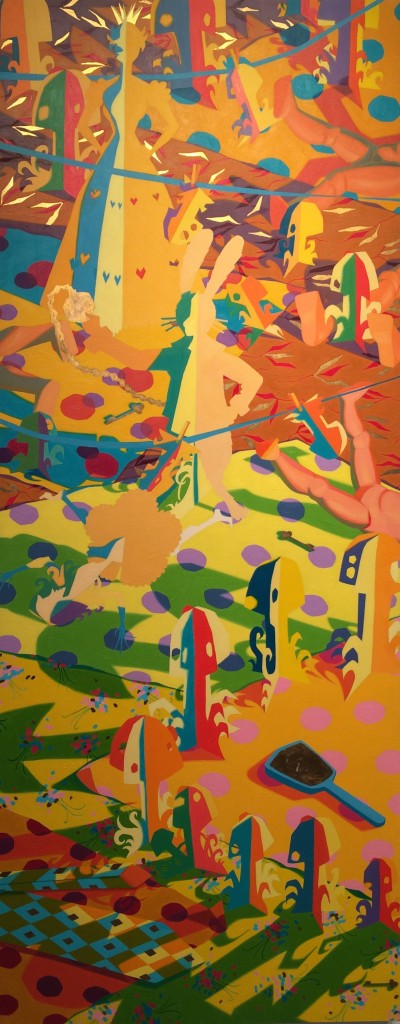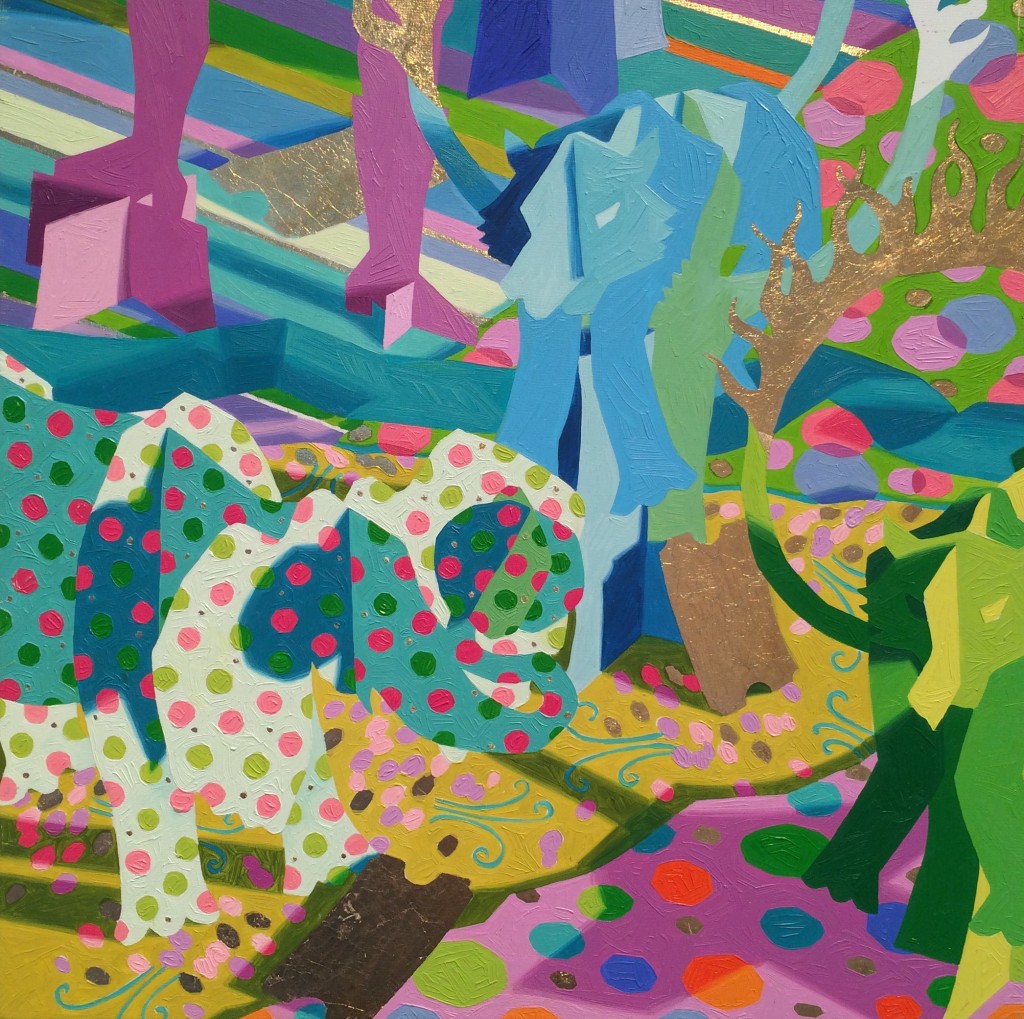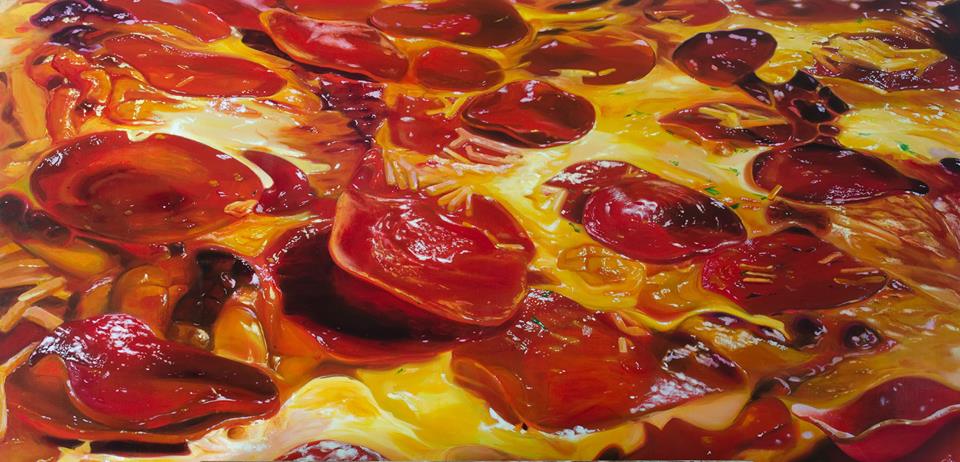Did I ever tell you about the time I stole a Franz Kline?
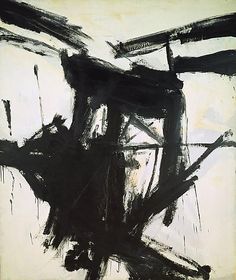
Maybe it was this one?
Long ago, my then-husband came home from grad school and said, “There’s a closet full of junk at school and we can take anything we want. I think there’s a painting.”
So I’m like, “let’s go look!”
We drove to school, walked in and opened the closet door he pointed out. It wasn’t even a big closet, just a janitor’s closet, and it was dark. I think it had junk-shaped objects in it: boxes, cleaning supplies, maybe a bucket and mop? In any case, there was the painting, larger than I expected, leaning against one wall.

Or this one?
We pulled it out and it was beautiful. Mostly white, with black shapes and stripes, almost like calligraphy. We carried it out together, right past other students and the guard at the entrance. No one looked. No one cared.
It was so gorgeous, even hanging in our secondhand-furnished dump of a grad-school house. Challenging, enticing, mesmerizing. But I was not yet art-educated, so I didn’t recognize it.
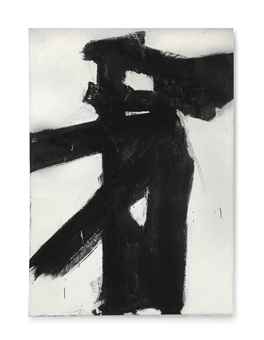
It could have been this one.
A couple of weeks later, I found the inventory number tag. It was nailed to the back of the wooden supports. Damn! It belonged to someone. Were they looking for it? Or was it really trash? We debated, but the longer it hung over our heads, the more it hung over our heads.
I asked him to take it back, and he did so with only a little grousing. Then he told me that he had walked it back into school, right past the guard and the other students, back into the closet that was still unlocked.
I missed it. A lot. But I felt I had done the right thing. It obviously belonged to the school.
A few years later I saw a Franz Kline painting in a museum, and I knew immediately. My painting had been a Kline. What an idiot I had been! What if I had consigned that painting to the trash? What if the school never recovered it?
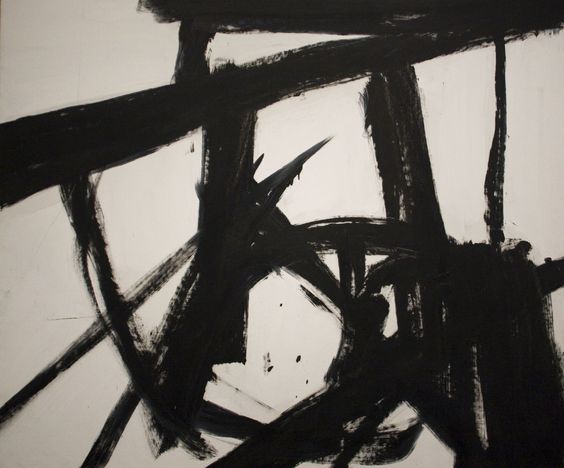
Sigh.
I could have kept it. I could have lived with it. I would have donated it, probably, eventually. Or given it to a museum that would have traced the real owner. Clearly, I had done the wrong thing.
I have missed that painting for decades now. And I still feel guilty. But for what? Stealing it? Or giving it back?
